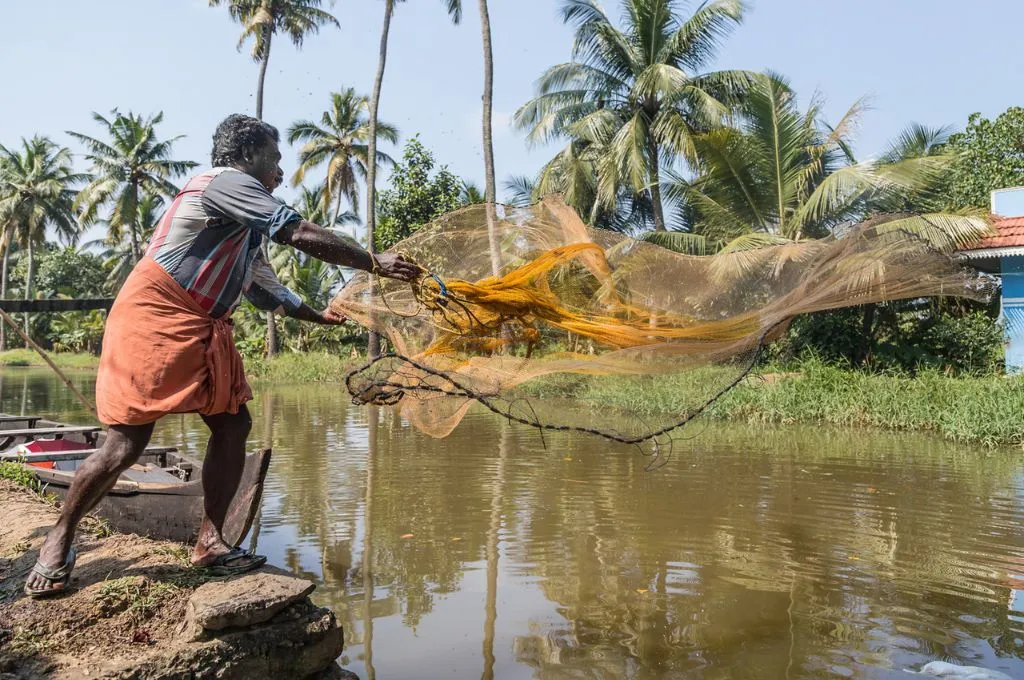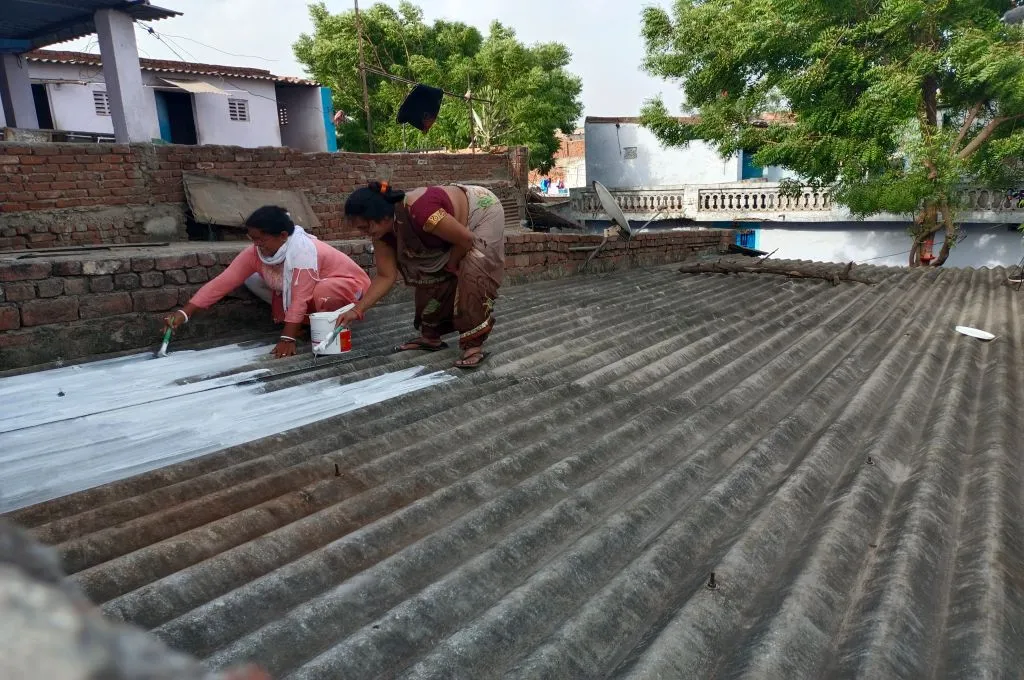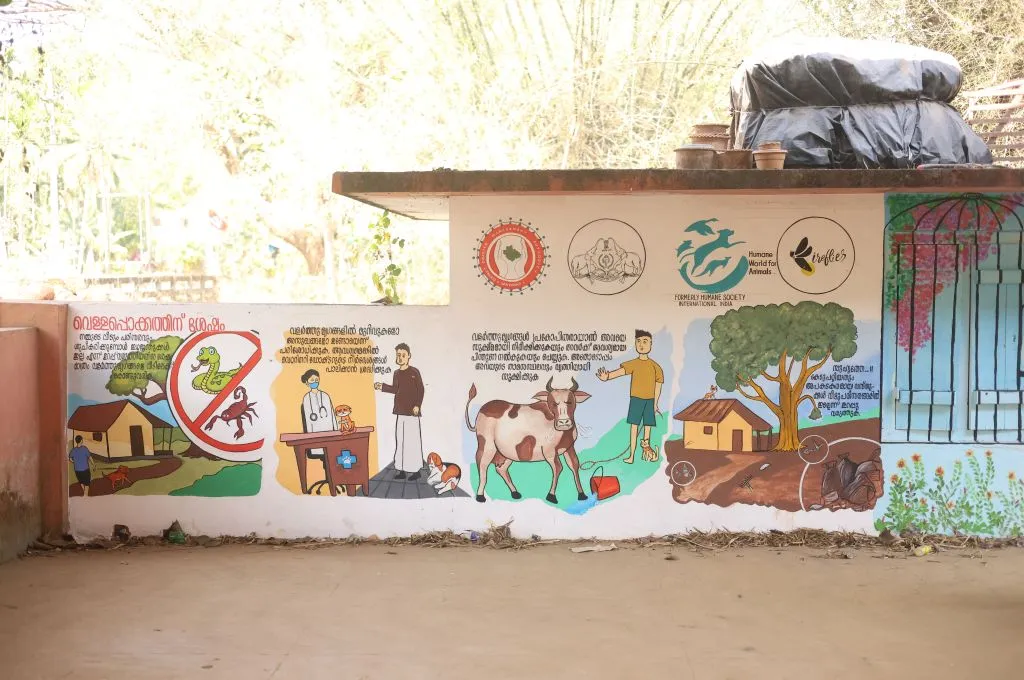Wetlands are areas of land covered by water either seasonally or permanently. This includes lakes, marshes, swamps, and regions along rivers and deltas. Situated on the eastern fringe of Kolkata, West Bengal, the East Kolkata Wetlands (EKW) are the world’s largest sewage-fed wetlands. Recognised as a Ramsar site in 2002, the EKW treat Kolkata’s 910 million litres of sewage daily through a network of water bodies where aquatic plants and microorganisms filter and purify the water, saving the city approximately INR 4,000 million annually. Spread across an area of 12,500 hectares, including agricultural land and settlements, this nutrient-rich water supports fish farming and agriculture. The wetlands act as the city’s kidneys, processing urban waste sustainably. They are also home to several small villages, with approximately 1.5 lakh people depending on them for their livelihood. Other than being a source of livelihood and a natural waste management system, the wetlands play a key role in carbon sequestration.
However, encroachment, unplanned urbanisation, and climate change are threatening this ecosystem. This photo essay highlights the immediate effects of these changes on the wetlands’ environment, people’s livelihoods, and the city’s landscape.
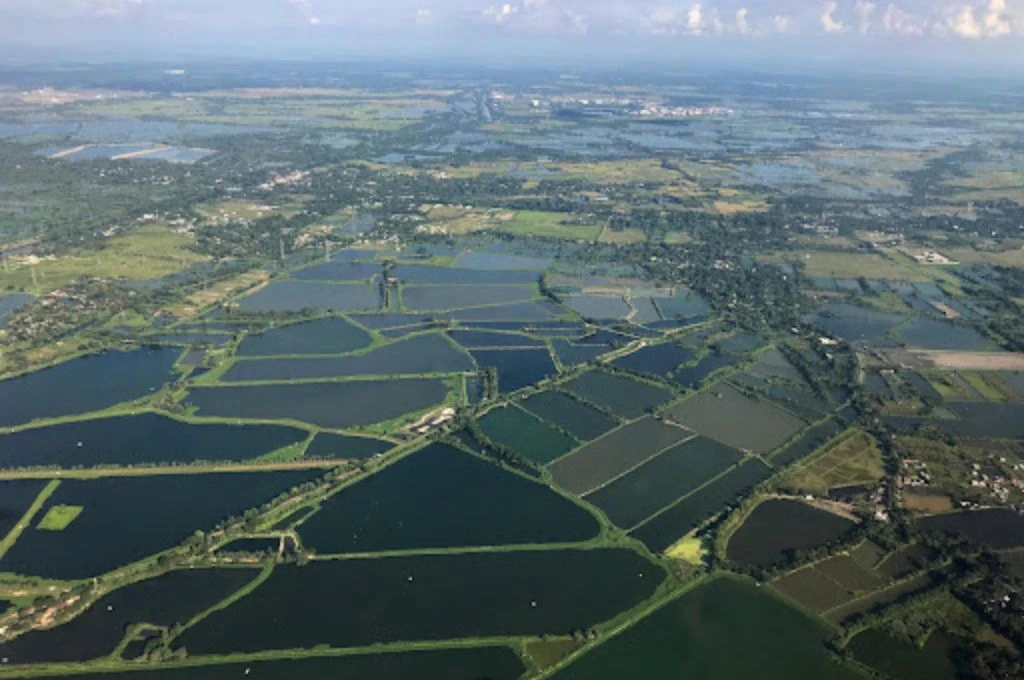
EKW has approximately 30,000 households in more than 100 villages. I reside in one of these villages named Bamanghata. The primary occupation of the locals here is fish farming. Their day starts as early as 4 am. They begin fishing at dawn, sell the catch in the market, and return home by 8 in the morning. Meanwhile, women are involved in household chores such as washing dishes by the pond side and rearing livestock, usually cows and goats.
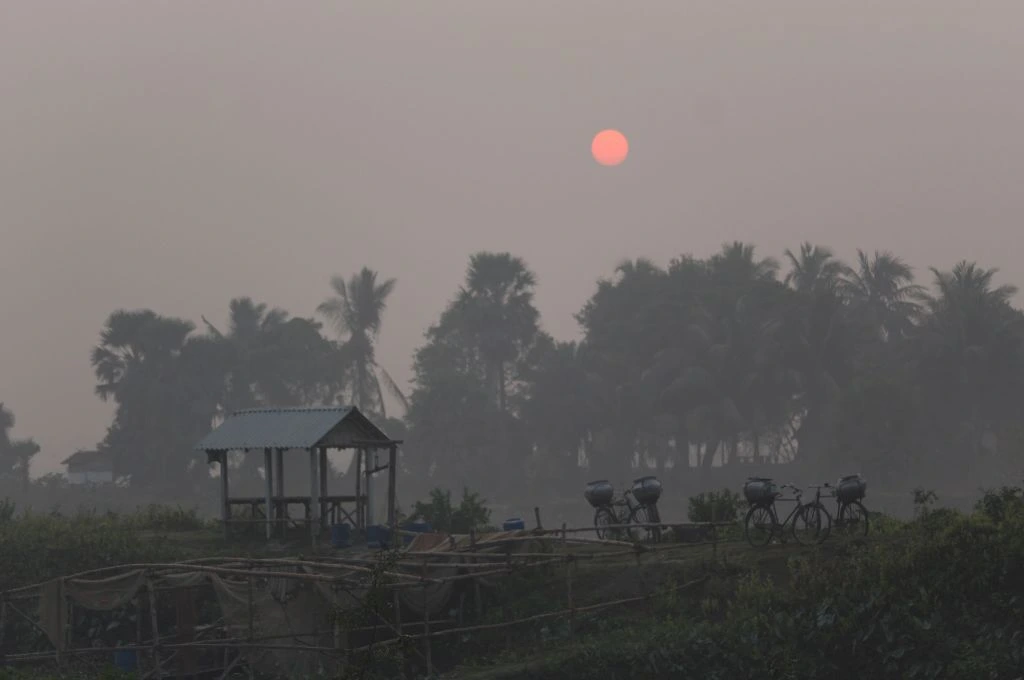
Approximately 2.4 lakh quintals of fish are produced in the EKW daily. Mainly, freshwater fishes such as rohu, catla, mrigal, shingi, and magur are farmed here. Alongside this, locals cultivate various types of crops such as rice, vegetables, and fruits. With time, many paddy fields have also been converted into ponds.
The communities have developed sustainable practices over time to conserve the wetlands through fishing and agriculture. Wastewater is considered a source of nutrients rather than a pollutant. This wastewater enriches the land around the water bodies, enabling the community to farm without relying on chemicals or fertilisers.
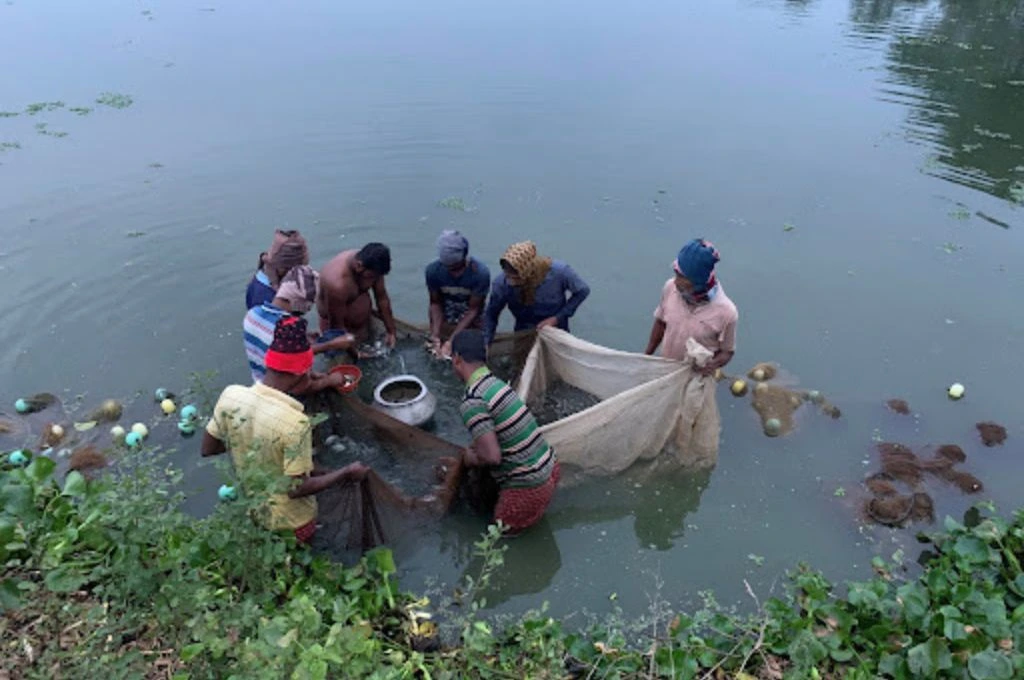
Fisherfolk use the wastewater to maintain the health of their fish pond. The wastewater is released into the ponds through a network of canals. It is kept in the ponds for a specific amount of time, which fisherfolks determine based on the smell and colour of the water. Tropical sunshine helps algae and aquatic plants to grow in wastewater ponds, aids oxygen production, and kills harmful bacteria—improving the quality of wastewater. The nutrients thus released in water promote fish growth, and the cost of the fish feed is reduced.
During winters, local fishermen take out all the fish and dry up the entire pond in order to dredge the soil at the bottom. It helps to remove the accumulated organic matter and restores the pond’s nutrient balance. This process aerates the soil, prevents the build-up of toxic gases, and improves overall pond health.

These practices are mutually beneficial for the community, the city, and the wetlands, as the waste gets treated organically, provides nutrients that sustain livelihoods, and purifies the water.
Despite relying heavily on the wetlands, however, the city is forgetting their value. The unethical felling of trees and filling of water bodies to create vast settlements have become common. The area of the wetlands has shrunk from 65 sq km to 41 sq km within 30 years. As the wetlands shrink, we’re losing the rich biodiversity that once thrived here. Birds, butterflies, and other wildlife are being displaced from their habitat.
Due to the wetlands’ shrinkage, their role in soaking up excess rainwater and stabilising the environment is diminishing. With fewer trees and wetlands, the natural filtration of pollutants is failing, resulting in polluted water. The presence of chemicals and plastic in the waste makes it less nutritional for fishing and agriculture. The taste, quality, and size of the fishes and vegetables is declining, which has led to a reduction in their demand as well as the price they fetch in the market.
The civic needs of the EKW community are also not being met. Villagers’ access to the wastewater has reduced as the canals get choked with unthoughtful dumping of solid waste from the cities. At the same time, the waste produced by the locals isn’t collected and managed appropriately by governing bodies, so they compost the organic waste themselves and have to resort to burning the inorganic waste; this has adverse effects on the environment.
Additionally, over the last two years, the people of the wetlands have been facing severe water scarcity. Rainfall has decreased drastically, leading to less recharge of both surface and groundwater sources. The intense summer heat accelerates the evaporation of water from ponds and rivers, reducing the amount of available surface water and increasing the demand for irrigation and drinking water. The scorching heat also exacerbates the strain on groundwater resources, as the deeper aquifers become more difficult to replenish. During summer, water cannot be drawn from tube wells, forcing us to buy water from vendors for daily use.

The wetlands once acted as a shield for the city, but the loss of these vital ecosystems means the loss of their ability to capture and store carbon. Accelerating climate change is expected to make extreme weather events such as cyclones and floods more frequent and severe. Such weather phenomena lead to further destruction of the wetlands. Cyclone Amphan struck West Bengal in May 2020, causing widespread devastation to the EKW. It brought heavy rains and strong winds, leading to flooding and extensive damage to homes and infrastructure. Similarly, in 2021, Cyclone Yaas brought more flooding, compounding the challenges faced by local communities.
Locals are pivotal in conserving the EKW through their involvement in preservation activities and promotion of sustainable practices. They engage in activities such as waste management, habitat restoration, and educating others about the wetlands’ importance. I work with the Disappearing Dialogues Collective as a naturalist and eco-trail guide to inform the youth and city dwellers of the importance of the wetlands, its heritage, and why we need to protect them.

The city of Kolkata and the EKW are interdependent. As the challenges continue to grow, the crisis surrounding community livelihoods is becoming severe. Amid the conveniences and luxuries in the city, people are still ignorant about this unique space that supports their city free of cost. It is important that city dwellers realise the value and services provided by the wetlands and bring a change in their everyday lifestyle of continuous consumption and production, encroachment and destruction of existing resources.
The photos in the essay are courtesy of the Disappearing Dialogues Collective, which works with and within communities, using art and culture as a medium to bridge gaps, start conversations, and build new narratives. The collective aims to add value and assist in the preservation of existing heritage, culture, and environment.
—



